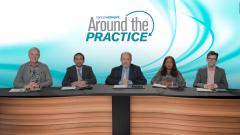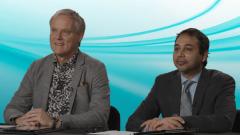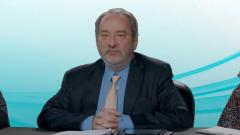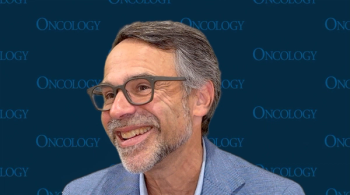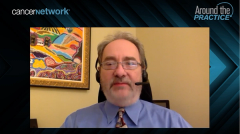
Induction Regimen Options in Transplant-Eligible NDMM
Opening their discussion on transplant-eligible newly diagnosed multiple myeloma (NDMM), expert panelists review induction regimen options for patients.
Episodes in this series

Transcript:
Robert Z. Orlowski, MD: Hello, and welcome to this Cancer Network® Around the Practice program entitled, “State of the Art in Multiple Myeloma: Year in Review 2022.” My name is Bob Orlowski. I’m the director of the myeloma section and a professor of medicine in the department of lymphoma and myeloma and also of experimental therapeutics at the University of Texas MD Anderson Cancer Center. I am joined today by a panel of wonderful experts in multiple myeloma to review the field, and I would like to welcome these esteemed panelists. We’ll start by getting introductions, Dr Krishnan.
Amrita Krishnan, MD: Hello. I’m Amrita Krishnan. I’m a professor of hematology and HCT [hematopoietic cell transplantation] and director of the Judy and Bernard Briskin Center for Multiple Myeloma Research at the City of Hope Cancer Center in Duarte, California.
Robert Z. Orlowski, MD: Dr Landgren.
C. Ola Landgren, MD: Thank you very much for having me. I’m Ola Landgren. I’m a professor of medicine and chief of the myeloma division at the University of Miami Sylvester Comprehensive Cancer Center.
Robert Z. Orlowski, MD: Dr Nooka.
Ajay K. Nooka, MD: I’m Ajay Nooka. I’m a professor in the department of hematology and oncology at the Emory University Winship Cancer Institute [Atlanta, Georgia].
Robert Z. Orlowski, MD: And Dr Rodriguez.
Cesar Rodriguez, MD: I’m Cesar Rodriguez, and I’m an associate professor at the Mount Sinai School of Medicine [New York], and I’m the clinical director for the myeloma program there.
Robert Z. Orlowski, MD: Welcome everyone, and thank you for joining me. Today we’re going to discuss a number of recent updates in the treatment of myeloma that were presented at key conferences in 2022, and we’ll discuss this in the context of the treatment landscape and its impact on your clinical practice. Let’s get started on the topic of our first discussion, which is going to be induction therapy for transplant-eligible patients. As you know, we’ve got a number of combinations now that we can choose from, including 3-drug regimens. Probably the 3 most common 3-drug regimens would be bortezomib with len [lenalidomide] and dex [dexamethasone], carfilzomib with lenalidomide and dexamethasone, and then some folks still like to use bortezomib with cyclophosphamide and dexamethasone. There also are some 4-drug regimens where daratumumab is added either to bortezomib, lenalidomide, dexamethasone, or carfilzomib, lenalidomide, dexamethasone.
Transcript edited for clarity.
Newsletter
Stay up to date on recent advances in the multidisciplinary approach to cancer.


